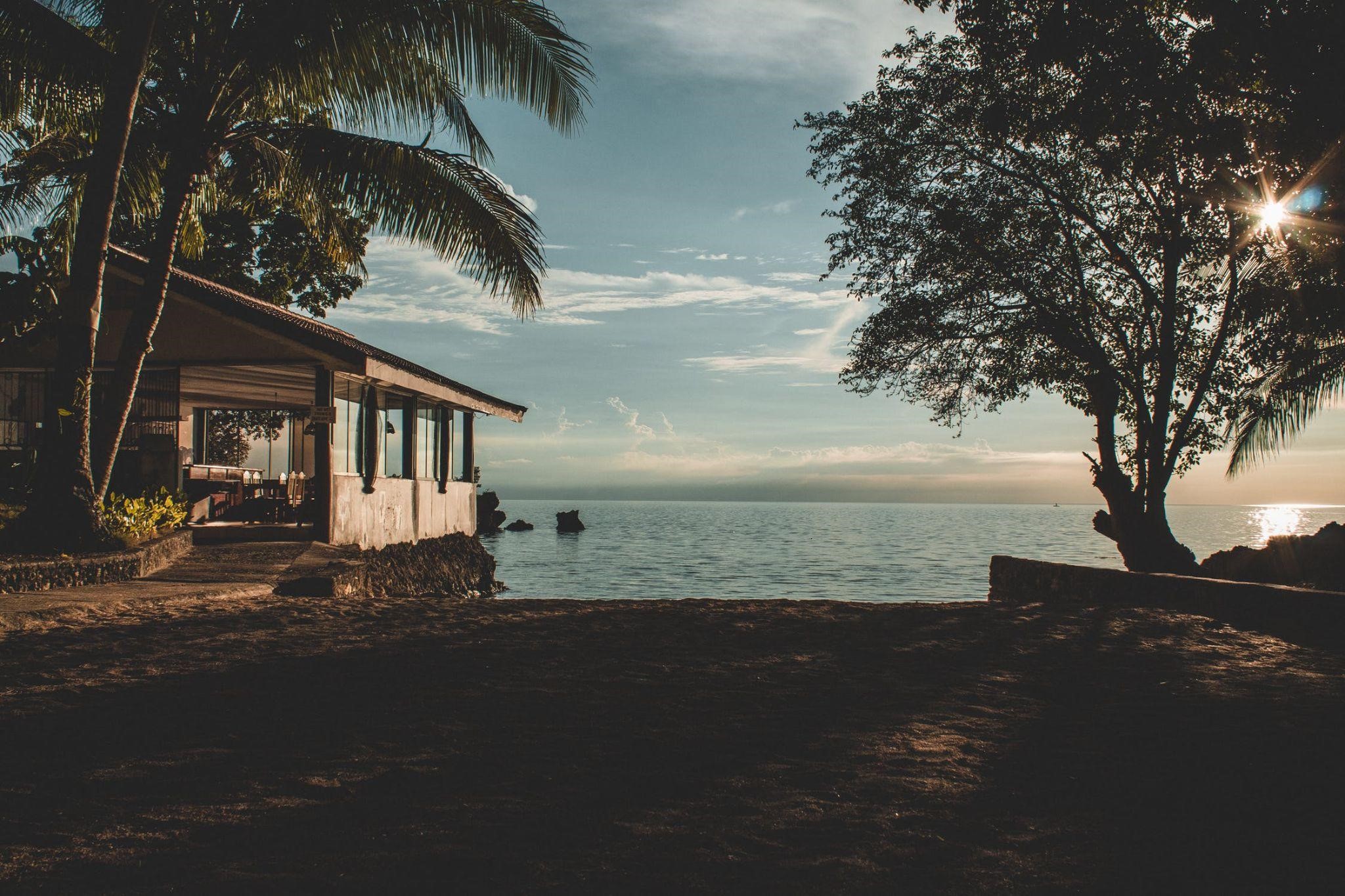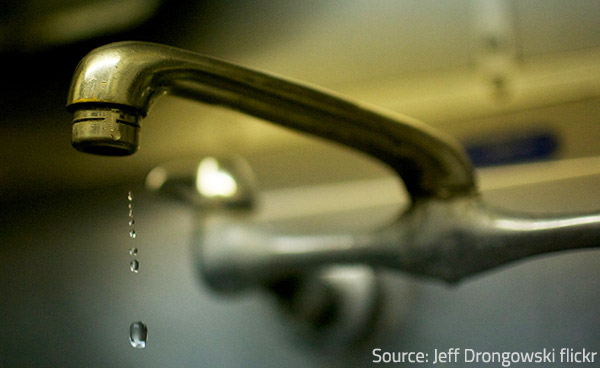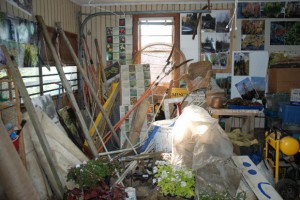4 Things That May Need Restoring in a Beach Home

Source: Pexels
Living near a body of water puts your home at a greater risk of experiencing water damage
For many renters and vacationers, beach houses are the ultimate dream. What could be better than waking up to the sound of waves lapping against the shoreline or watching a vibrant sunset every night from your back porch?
Because of their popularity, beach homes are also known for being pretty pricey, including the initial cost and home insurance.
But insurance is so much for a reason. When you combine sand, wind, and water, you create a “perfect storm” for potential home damage. Beach houses typically need to be maintained more than the average inland property.
If you’re investing in a beach home or buying it for yourself and it hasn’t been maintained in a while, there may be some things that need restorationRestoration is the process of returning a property to its pr... More.
Let’s look at some of the common restorationRestoration is the process of returning a property to its pr... More issues you could face, so you’ll know what you’re getting into before you make a move.
1. Water Damage
Living near a body of water puts your home at a greater risk of experiencing water damage. If there’s a storm, it could cause floodingFlooding is the overflow or accumulation of water in areas t... More very quickly. If there’s a basement in your home, you’ll want to make sure everything is as elevated as possible, and you have at least one (if not more) sump pumpA sump pump is a pump installed in a basement or crawlspace ... More or drain pipe.
Even the gentle spray from the lake or ocean can create a moist enough environment to cause both interior and exterior problems, including:
- MoldMold is a type of fungus that grows in damp or humid conditi... More
- MildewMildew is a type of fungus that grows on damp surfaces, typi... More
- Corroded pipes
- Corroded electronics
It’s not always just the water itself that causes problems. If you live near the ocean, you’re dealing with saltwater. That tends to be more corrosive than fresh water and can damage the interior of your home just as much as the exterior, simply because it’s in the air. A warm, wet environment makes it easy for saltwater to get everywhere.
Whether from fresh or saltwater, water damage restoration should be done by a professional.
2. Structural Issues
It’s no secret that living near water makes you more susceptible to experiencing severe weather. States that border oceans know this all too well. The places in the U.S. that experience the most hurricanes include Florida, Texas, North Carolina, and Louisiana. What do all of those places have in common? Wet, warm environments that are bordered by large bodies of water.
If you’re living in a beach house, you’re probably in a warm climate, too. Even if you’re not necessarily in the common path of hurricanes, storms can grow and thrive over bodies of water, and wreak havoc on everything nearby – including homes.
It’s not uncommon for beach homes to experience structural issues because of weather, or even because of erosion and time. Some of the key signs to look for include:
- Cracks on the walls or ceilings
- Uneven gaps in the windows or doors
- Sagging roof
- Roof leaks
- Crumbling brick
In some extreme cases, you might even have to deal with foundational issues, which could impact the overall stability and strength of your home.
If you have experience in construction or contractor work, you might be able to DIY some of these structural repairs. For the most part, however, it’s best to call in a professional whenever you see some of these obvious red flags.
3. Landscaping Problems
It’s understandable to want to create your own little slice of paradise at your beach house. That includes landscaping to fit your surroundings. You might want a little bit of privacy around your home. Everything from potted plants to trees can help with that.
But whether you’re updating the existing landscaping, or you want to start over, you might have a few headaches to deal with, first. If trees surround the property, be aware that large roots can cause foundational issues and structural damage. Debris from branches can also fill your gutters and create problems, which we’ll talk about below.
If there are currently trees around the property that are affecting the house, it’s often best to either get them trimmed or removed. That gives you a clean slate to plant your own trees at a safer distance. You can enjoy their beauty and the privacy they bring without compromising your home’s structureStructure refers to the framework or components of a buildin... More.
Any landscaping you decide to do should be something you plan ahead. Draw out a basic outline of your property and decide what should go in different locations. Don’t just think about what might look good, but how it might affect your house one way or another. A little extra planning now can save a lot of time and stress later.
4. Clogged or Damaged Gutters
The same environmental changes that can cause structural damage can also create problems for your gutters. When it storms, or even when there’s a strong wind coming off the water, it could blow debris directly into your gutters, clogging them up and taking away their efficiency. Clogged gutters aren’t just a nuisance. They can create a lot of damage to your home if you don’t fix the problem. Some of the potential problems include:
- A shorter roof lifespan
- Puddles in your lawn and messy landscaping
- A compromised foundation
- MoldMold is a type of fungus that grows in damp or humid conditi... More and water damage
So, while cleaning out the gutters might not be the most exciting job, it’s one of the most important. Aluminum gutters have a lifespan of about 20 years. If you’re not sure when yours were last replaced and they look like they’ve seen better days, it’s worth the investment to install new ones and keep them clean.
Taking on the restorationRestoration is the process of returning a property to its pr... More efforts of a beach home is no easy task. Without a lot of DIY experience, you’ll likely need to work with a restoration professional, and it can be a big upfront investment to get everything fixed.
Whether you’re going to rent it out or live there yourself, the benefits will certainly outweigh the investment. If you’re willing to keep up with regular maintenanceMaintenance is the routine care, inspection, and repair of a... More and home checks after you fix everything up, you won’t have to worry about extreme restorations in the future. Prepare yourself for some of these projects if you’re buying a beach house, and you’ll know just what to look for when you’re ready to fix things up.












